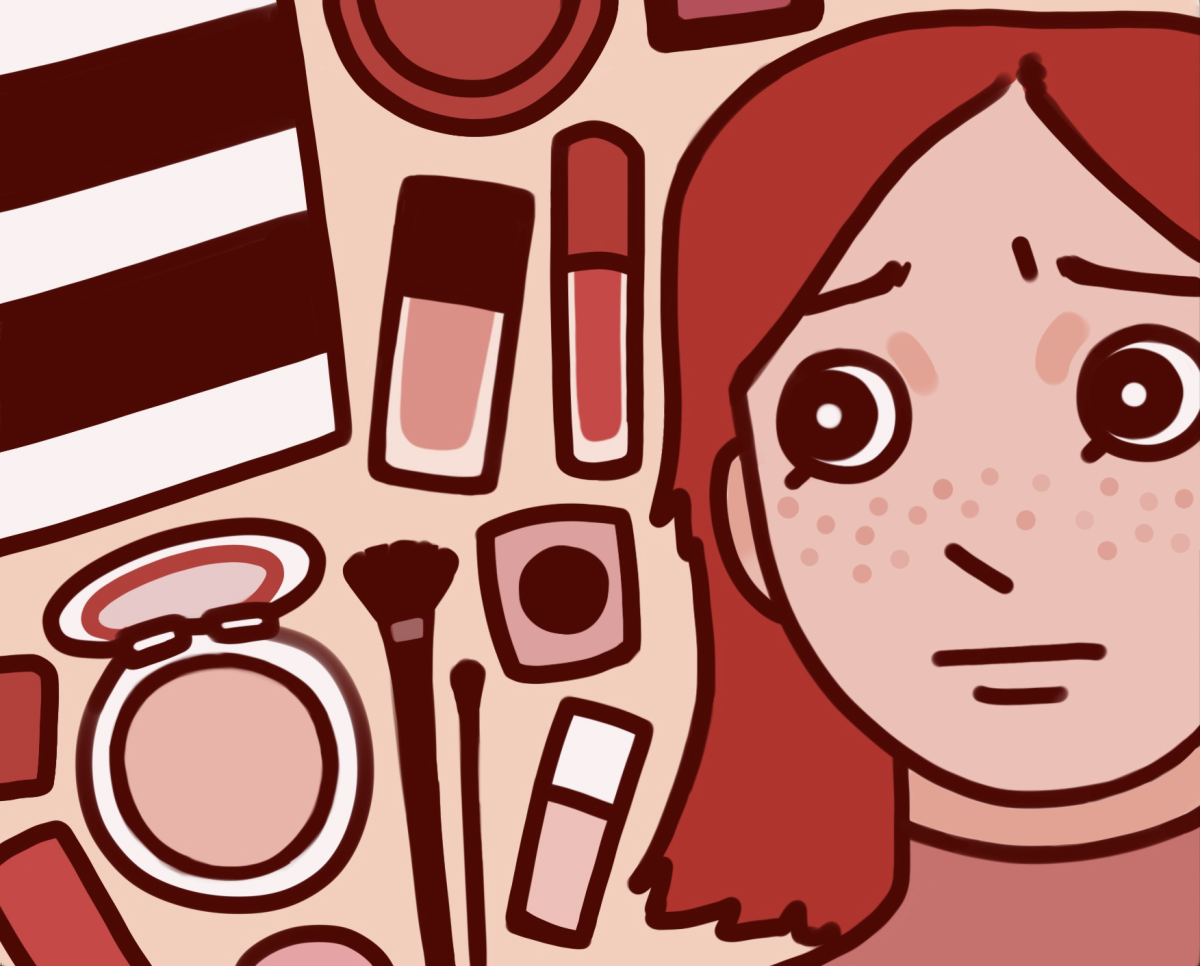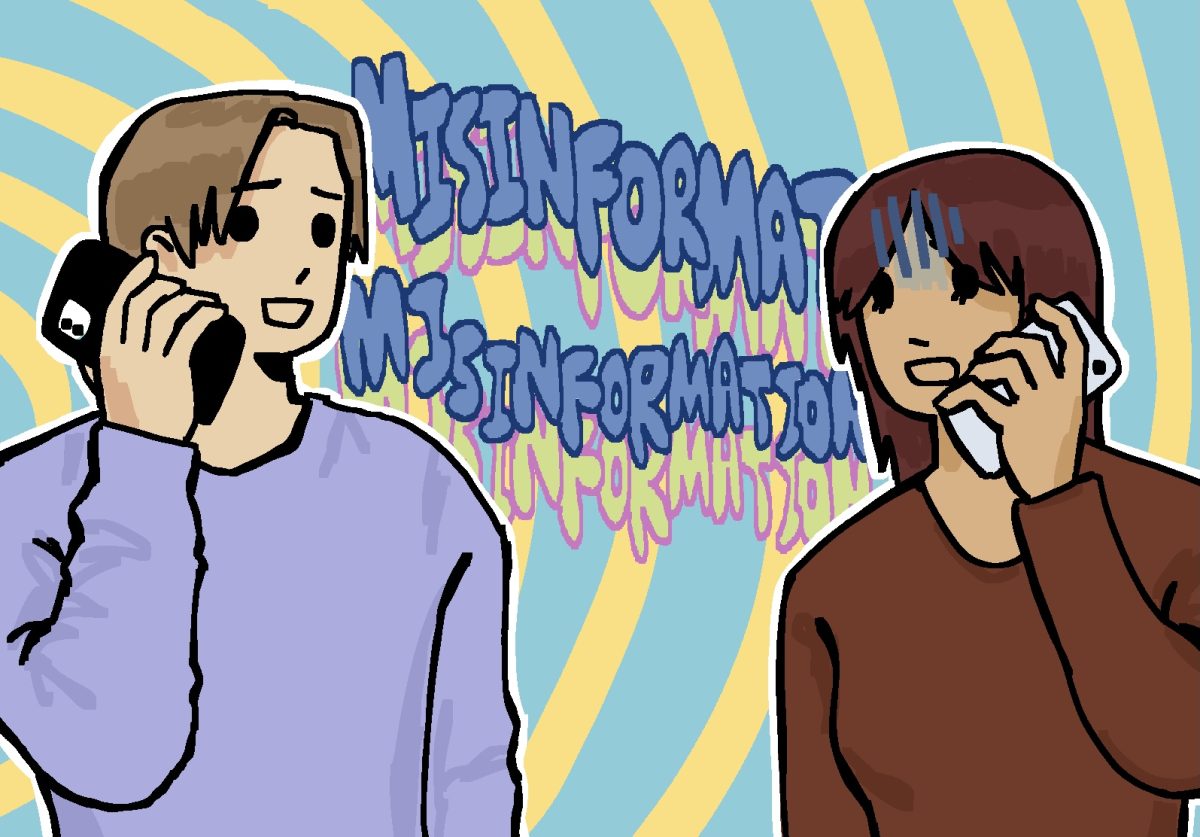Psychological research has long been used in the worlds of marketing and advertising to cater to their target audiences in a culture that is intertwined with consumerism.
Several large companies utilize social media as a marketing strategy. Through brand deals, social media influencers use their influence to establish a personal connection with their followers and promote a product. Influencers use posts to cultivate a sense of authenticity with consumers through “storytimes,” personal experiences and recommendations. This type of media elicits emotional responses to increase brand recognition and memory among individuals. This leaves consumers with a lasting impression of the brand, with the goal of making them more likely to purchase a product.
Surveys by the American Academy of Child & Adolescent Psychiatry show that 90 percent of teens ages 13 to 17 have used social media, and are online nine hours a day on average. Because of the amount of media they consume, teens are the demographic most affected by this kind of marketing.
Like many others, junior Maren Ghaffari’s spending habits were affected by online influencer marketing. She explained that influencers tend to promote clothes tailored to younger, more susceptible audiences.
“The sweatshirt I’m wearing right now is actually because I watched the Mormons on TikTok and they all own it, so I felt I needed to own it as well,” Ghaffari said.
“I feel like it’s my civic duty to also buy [their] clothing even though I don’t have the same amount of money [as influencers],” she added.
Pali’s Advanced Placement Environmental Science teacher Steve Engelmann said that social media is the newest form of advertising. He explained that FOMO, or fear of missing out, is a classic marketing strategy used to drive consumer engagement and action. By making viewers feel like they are missing out on a certain product or service, influencers and marketers are constantly manipulating consumers to fall into the trap of impulsive and often irrational spending habits.
“You see all these people, they all look happy, they’re all having a great time,” Engelmann said. “I want to be happy too. Oh, I need to buy that outfit. I need to buy this. I don’t have that. I need to buy something.”
Additionally, large companies make use of neuromarketing to spread awareness about their brands.
According to the American Marketing Association, neuromarketing is a scientific field in which marketers measure neurochemical and physiological responses of consumers to create targeted advertisements for them. Neuromarketing is often conducted through laboratory research, which is typically done using brain scanning technology that records physiological measurements to provide insight into customer responses to stimuli. Through this technology, marketers observe the brain activity that regulates individuals’ spending behaviors, which companies use to create targeted advertisements, products and services.
Neuromarketing allows social media platforms to cater their content to their viewers’ personal preferences, which are tracked through customized algorithms based on users’ activity. Videos encouraging the consumption of unnecessary goods are meant to make users more likely to purchase these products. The National Library of Medicine cites overconsumption as a major problem associated with neuromarketing.
Along with the many environmental issues that it causes, overconsumption also can have negative impacts on the mental health of teens. Elise Patton, a junior in Engelmann’s Environmental and Spatial Technology class, observed that overconsumption increased in magnitude because it is normalized online.
“When we over consume, it desensitizes us,” Patton said. “After purchasing things, you’re only getting momentary happiness.”
According to a Phys.Org article about sustainable solutions to overconsumption, recycling and repurposing items that are easily discardable can “lead to greater happiness for consumers.” While consumers have no control over how brands run their businesses, the report suggests it may help if the former would be more conscious about their spending behaviors and make an effort to evade the false emotional attachment to products created by certain brands.
“Capitalism wants to make you think that your happiness is tied in with buying things,” Engelmann said. “I think the first thing is just informing yourself, and having a real conversation about what really makes you happy.”








